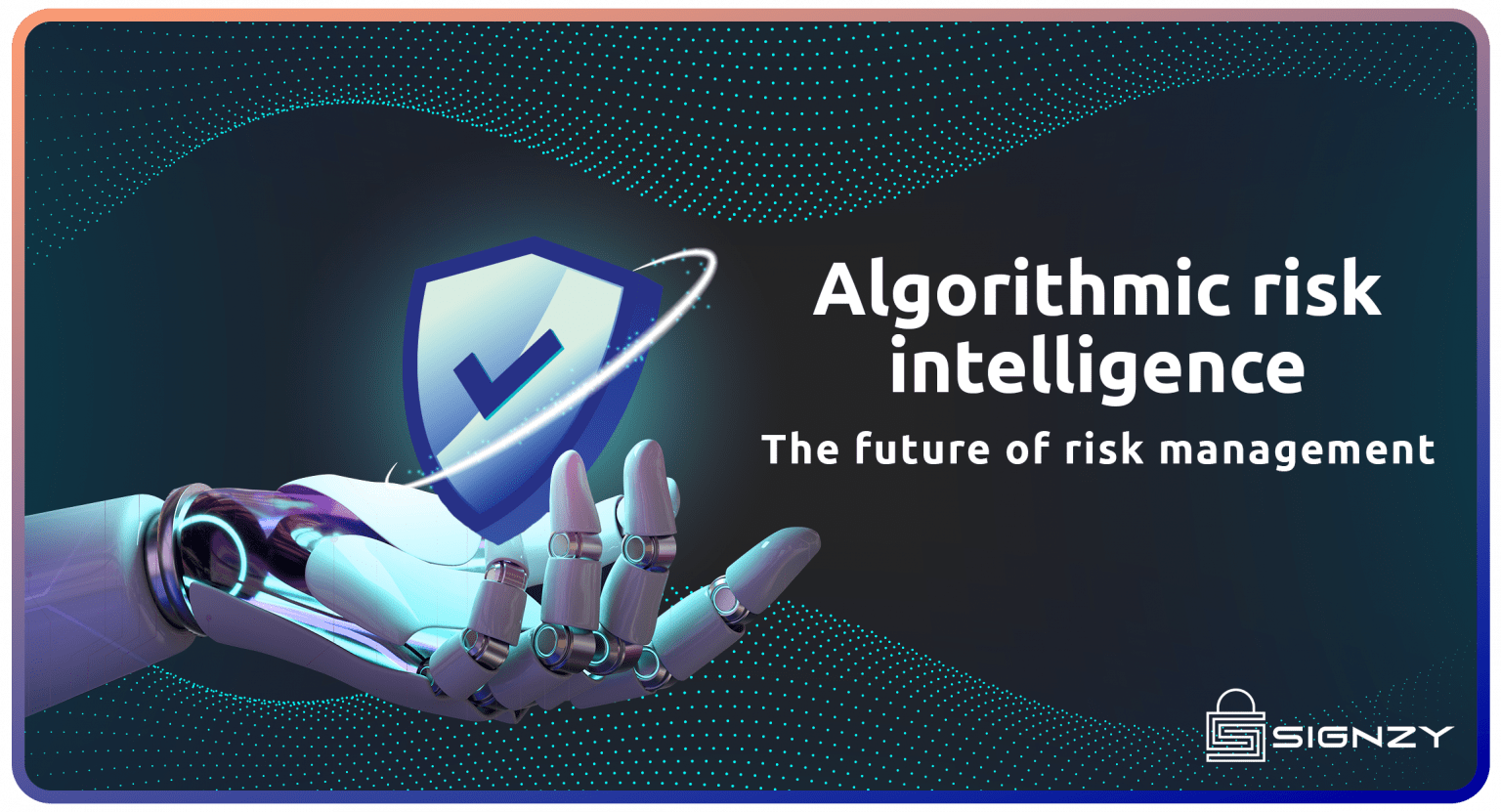Algorithmic Risk Intelligence: The Future of Risk Management
Introduction
The world is becoming more and more data-driven. As a result, data has become the lifeblood of many industries. Organizations are starting to realize the value of collecting and analyzing data to make intelligent decisions. However, this can be challenging if your organization does not have a proven framework for quantitative analysis. Algorithmic risk intelligence is a new way of systematically thinking about data risks with a few key considerations: how significant the potential impact is, the probability of occurrence, and how feasible it would be to prevent or mitigate the risk. Understanding these three factors will allow you to identify your most critical risks and give you an idea of where to focus your efforts when it comes time to prioritize which risks you need to address.
Utilization of historical data to build predictive models
The utilization of historical data to build predictive models is a common practice. It can be done by using the ARIMA approach.
ARIMA (Autoregressive Integrated Moving Average) is a technique that uses historical data to predict future values, which can be used to make better decisions. It uses past information to forecast the future. These methods are powerful, but they are also quite complex, and they require more advanced statistical knowledge to make them work properly. Using historical data to build predictive models is essential to algorithmic risk intelligence.
Utilizing historical data to build predictive models will help you identify risk areas, but it does not mean you should stop there. It would be best to look at other factors that are not captured in the model. For example, you should be looking at data that will help you identify new or emerging risks.
Measurement, quantification, and anticipation roles of ARI
Algorithmic risk intelligence is about understanding, quantifying, and anticipating the risks that matter to your organization. It is a new way of systematically thinking about data risks with a few key considerations: how significant the potential impact is, the probability of occurrence, and how feasible it would be to prevent or mitigate the risk. Understanding these three factors will allow you to identify your most critical risks and give you an idea of where to focus your efforts when it comes time to prioritize which risks you need to address.
Some other vital roles that ARI can play in an organization are measurement, quantification, and anticipation. Measurement is about understanding the scope and magnitude of potential risk. Quantification is about estimating the probability of a risk occurring. Finally, anticipation is about developing a plan to prevent or mitigate risk from occurring.
There are many types of data in the digital world that could be used as a subset of ARI. The three most prominent types are customer, company, and industry data. Customer data includes customer preferences, personal data, customer service records, and customer behavior patterns. Company data has an organizational structure, size, history, and personnel records. Finally, industry data includes information like market trends.
ARI to reduce business loss due to unforeseen circumstances
ARI is a systematic way of understanding your data risks. It can help you identify the most critical risks you need to address and help you prioritize the ones you need to address.
ARI is a framework that includes three key considerations: the risk’s potential, probability, and feasibility. With these three factors in mind, you can create a plan for mitigating your data risks.
ARI is ideal because it can be applied to any data, and it can start with a minor concern and grow into a full-blown disaster recovery plan.
Role of ARI to uncover organization’s most critical surfaces
As we rely on digital technologies to grow and expand, the risk of data breaches and other cyber risks continues to grow. Therefore, it’s critical to understand each risk’s potential impact and probability of occurrence and decide what you need to do to mitigate the risk.
It is where algorithmic risk intelligence (ARI) comes in. ARI is a new way of thinking about data risks systematically. It has three considerations:
(1) How significant the potential impact is
(2) what is the probability of occurrence is
(3) how feasible it would be to prevent or mitigate the risk.
Understanding these three factors will allow you to identify your most critical risks and give you an idea of where to focus your efforts when it comes time to prioritize which risks you need to address.
How can Signzy help?
Fintech companies must safeguard sensitive customer data to reduce data risks. But how can this be accomplished?
You can depend on us to help you in that regard. We at Signzy have a variety of AI-based solutions to digitally identify, verify, and authenticate customers, moreover helping in ensuring complete security. Our solution for onboarding security has been deployed by more than 45 significant and valued clients. These include leading banks, NBFCs, mutual fund managers, P2P lending banks, digital payment solutions, etc. Thus, making it promising and easier to trust us.
Writtern By:
Vaishali Bharadwaj
Vaishali is a machine learning enthusiast. Besides machine learning and data storytelling, she likes contemporary art, traveling, and Ice Skating. Since Vaishali was young, she has always enjoyed solving puzzles. So that’s how she looks at big data sets: to Vaishali, it is one big puzzle she wants to solve. Finding patterns nobody else sees is a challenge to her.



